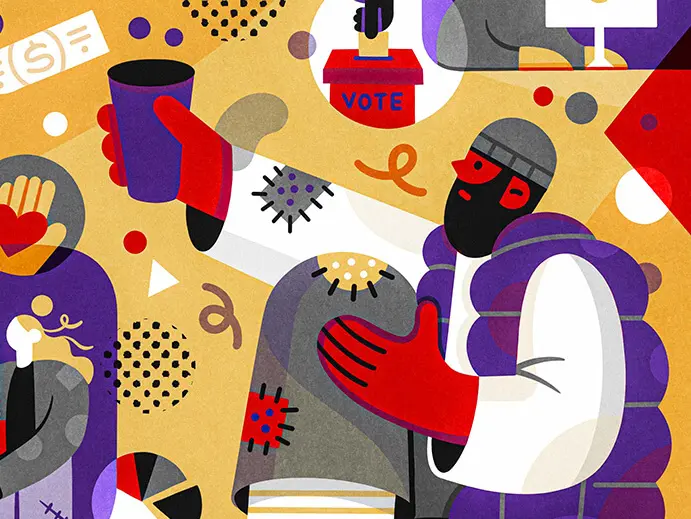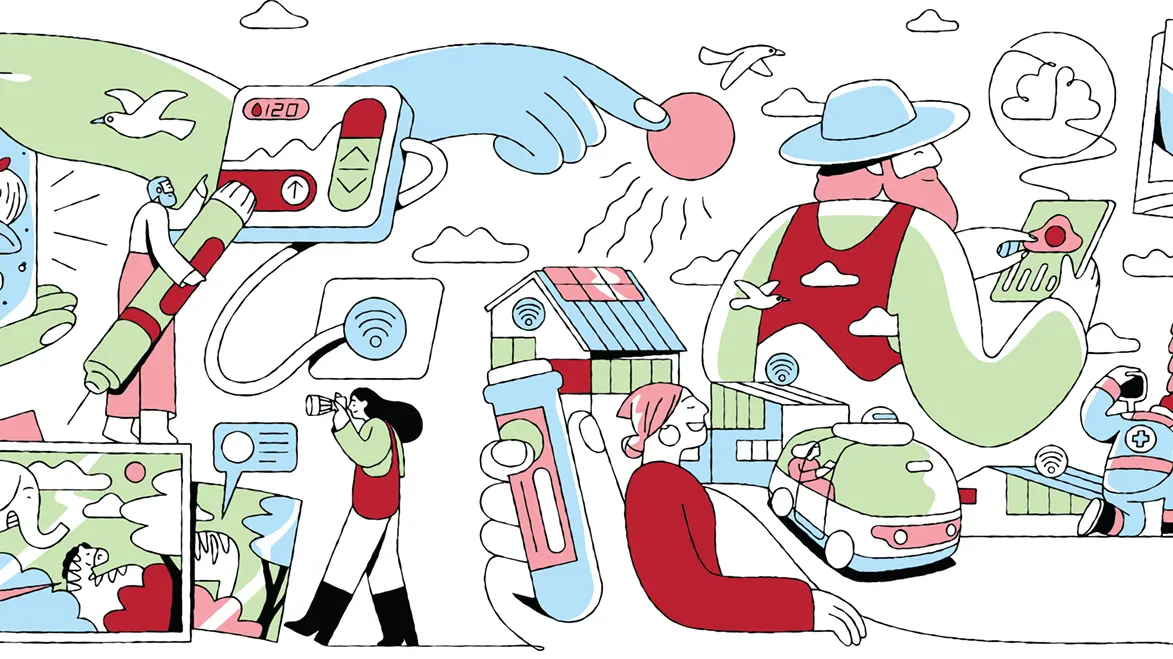
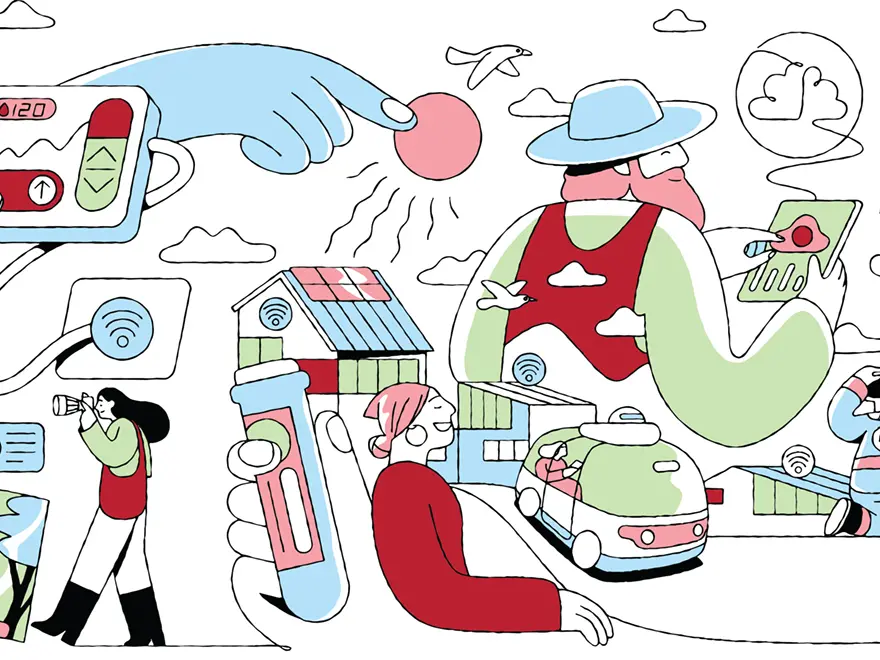
10 Buckeye innovators striving for thriving
Ohio State’s many bright thinkers, including these professors, researchers and medical professionals, maintain a constant focus on improving lives.
The word “innovation” gets tossed around a lot, but across Ohio State, Buckeyes are at work making it real.
For doctors helping patients live longer and engineers making tech function better, innovation isn’t the result of happy accidents. It comes from inspired, thoroughly examined ideas, and turning those ideas into action takes dedicated work day in and day out.
“I innovate because I want my career to be more than words on paper or plaques on the wall,” says Dr. Melissa Bailey, a professor of optometry and two-time honoree at Ohio State’s Research and Innovation Showcase. “Innovation is translational research that has impact. In my work, I want to improve the lives of eye doctors and their patients.”
Here are 10 of the hardworking professors, researchers and health care professionals whom we’re proud to call true Buckeye innovators.
Melissa Bailey ’01 MS, ’01 OPT, ’04 PhD 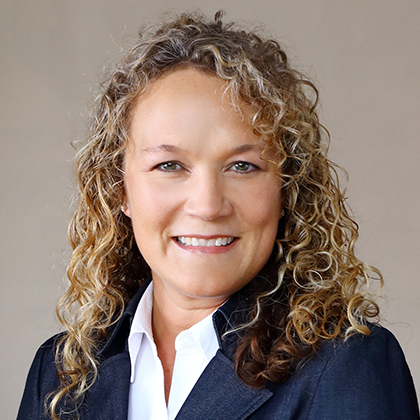
Professor, College of Optometry
Faculty webpage
Ohio State’s 2022 Innovator of the Year has created an eye exam app that determines prescriptions, a boon for people who are more challenging to examine, such as kids with autism, and those in places that lack eye doctors. She also developed a new type of soft bifocal contact lens. Read more.
V.M. “Bala” Balasubramaniam ’93 PhD 
Professor, Department of Food Science and Technology, Department of Food, Agricultural and Biological Engineering
Faculty webpage
With his team of scientists and engineers from academia and industry, the food engineering professor developed a process to preserve drinks and liquid foods with wholesome ingredients instead of artificial preservatives. The technology relies more on pressure than heat, and the result is a healthier option for consumers. His team took on processing of dry food, too, creating tech to reduce chemical use. Read more.
Tanya Berger-Wolf 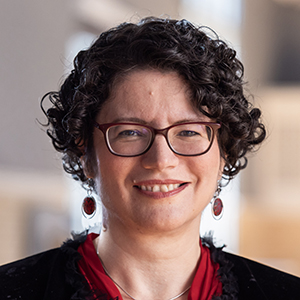
Director, Translational Data Analytics Institute; Professor, Department of Computer Science and Engineering, Department of Electrical and Computer Engineering, Department of Evolution, Ecology and Organismal Biology
Faculty webpage
The professor turned a groundbreaking project to identify zebras in Africa into a new field of study that can provide data to drive conservation efforts. Imageomics uses machine learning to analyze photos — from museums, laboratories, trail cameras, social media and other sources — and identify individual animals’ biological traits. Read more.
Vimal Samuel Buck ’02 
Senior Researcher and Director of Cybersecurity, Center for Design and Manufacturing Excellence (CDME)
CDME faculty webpage
Cyber-hijacking of manufacturing’s automated robotics is becoming a crucial concern, especially in sensitive industries such as defense. That’s where Vimal comes in. He is developing low-cost methods for identifying when robots have been compromised. Read more.
Eileen Faulds ’10 MS, ’20 PhD 
Assistant Professor, College of Nursing; Nurse Practitioner, Wexner Medical Center
Faculty webpage
Big advancements in diabetes technologies aren’t translating into improved outcomes, a fact Faulds wants to change. The nurse practitioner and assistant professor of nursing is using data from insulin delivery devices and glucose monitoring systems to tailor training and solutions that help patients successfully self-manage their complex conditions. Read more.
Angus Fletcher 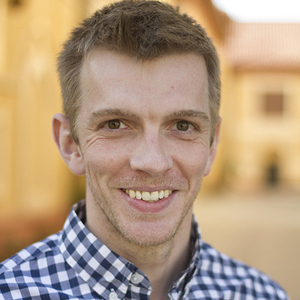
Professor, Department of English, Project Narrative, Department of Theatre, Film and Media Arts
His webpage
Fletcher combines psychology, neuroscience and narrative theory to explore how stories can enhance creativity, empathy, problem-solving and resilience. Those seeking his help: trauma nurses, artificial intelligence experts, business and medical schools, environmental scientists and U.S. special forces. Read more.
Andre Palmer 
Associate Dean for Research and Professor, Department of Chemical and Biomolecular Engineering
Faculty webpage
Palmer is creating a blood substitute that can mean the difference between life and death for patients wounded in natural disasters, war zones and other emergencies. Artificial blood can’t help them completely because it’s good for only 24 hours. But the artificial red blood cells or artificial plasma can be critical in helping people survive until they can get a transfusion. Other applications include keeping donated organs viable longer for transplantation. Read more.
 Dhabaleswar K. “DK” Panda
Dhabaleswar K. “DK” Panda
Professor and University Distinguished Scholar, Department of Computer Science and Engineering; Director, ICICLE
Faculty webpage
Panda is an expert in high-performance computing who leads ICICLE, a National Science Foundation-funded institute at Ohio State. There, almost 50 professionals are building infrastructure to help regular Joes — not just tech experts — tap artificial intelligence to make life better. Read more.
Dr. Sakima Smith ’12 MPH 
Bob Frick Research Chair in Heart Failure and Arrhythmia, Physician, Cardio-oncology Researcher, Associate Professor of Internal Medicine, Wexner Medical Center
Clinical profile webpage
Heart disease is the No. 1 killer of cancer survivors, a result of their treatment years earlier. To protect patients, this heart-failure transplant cardiologist is testing heart-protective medications and developing post-treatment monitoring. Read more.
Stephanie Stockar ’12 MS, ’13 PhD 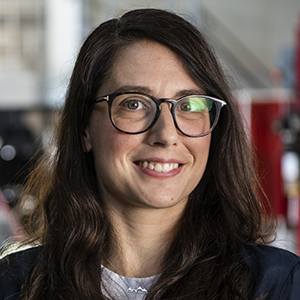
Assistant Professor, Department of Mechanical and Aerospace Engineering, Ohio State Center for Automotive Research, Sustainability Institute
Faculty webpage
Stockar studies ways to make autonomous vehicles, smart homes and other nonlinear dynamical systems more efficient. One current focus: the ARPA-E NEXTCAR program, which aims to improve energy efficiency in next-generation vehicles by 30%. Read more.




